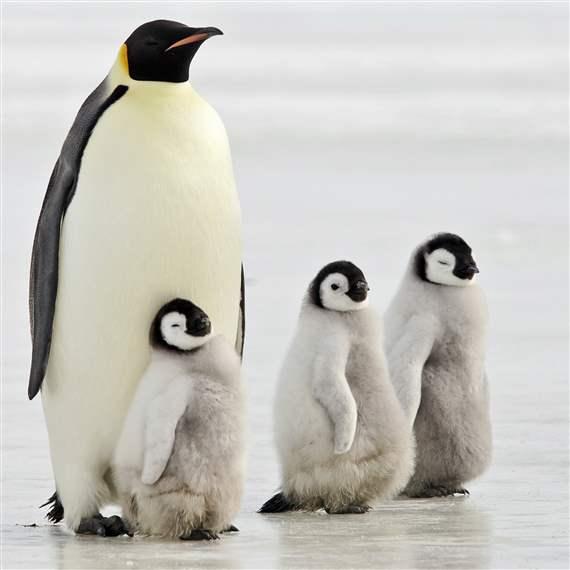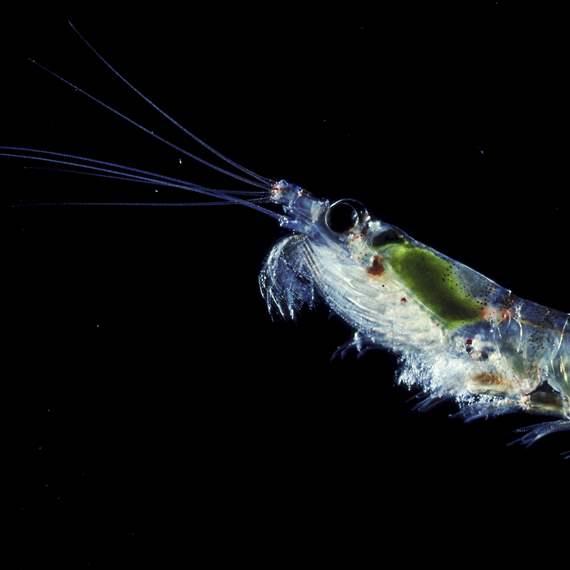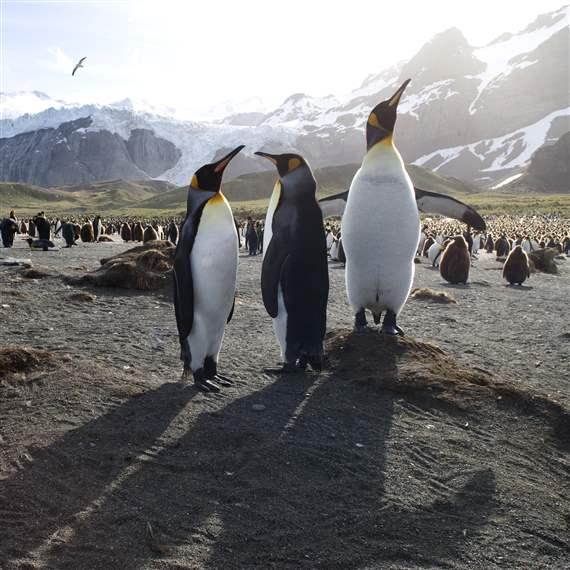The Ross Sea alone has more than 1 million pairs of Adélie penguins, 28,850 pairs of emperor penguins, 30,000 to 50,000 Weddell seals, 5.5 million Antarctic petrels, and 21,000 minke whales.
Many Antarctic habitats have yet to be studied, and almost every research expedition discovers new species. The Antarctic remains one of the world’s last wild frontiers.
The region also holds some of the most pristine marine ecosystems left on the planet. The Ross and Weddell seas have been spared the widespread pollution, invasive species, bottom trawling, and other large-scale commercial fishing operations that are imperiling other oceans around the world, although the Southern Ocean has had extensive commercial whaling. But conditions are changing, and the need to protect Antarctica’s oceans is now urgent.
That’s why The Pew Charitable Trusts and the Antarctic and Southern Ocean Coalition advocate for a system of marine reserves in Antarctica’s Southern Ocean. Our goal: to ensure comprehensive protection for the diversity of Antarctic marine life and their habitats.
When it comes to conserving pristine areas, there are no second chances. Let’s work together to get this one right.
Visit the Protecting Antarctica’s Southern Ocean campaign page to see the progress that has been made in the region, including the 2016 designation of the world’s largest marine protected area in the Ross Sea.
Our Work

Fact Sheet
October 14, 2014Protección del pingüino emperador
Durante millones de años, sobrevivieron a oscuros inviernos antárticos, temperaturas heladas y a voraces predadores, como las focas leopardo.
Fact Sheet
October 14, 2014Protección del kril antártico
El kril antártico (Euphasia superba) es un zooplancton que mide 2½ pulgadas de largo y que forma grandes enjambres en las aguas que rodean la Antártida. Si bien son diminutos...

